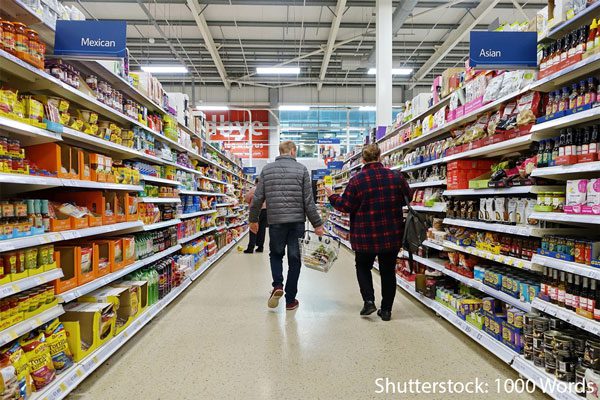Food inflation is down but storm isn’t over yet

FOOD inflation may be showing signs of falling but prices will still remain high for the foreseeable future.
That’s the message from David Thomson, chief exec at the Food and Drink Federation Scotland, after the Office for National Statistics found 1.3 percentage point drop in food and non-alcoholic drinks inflation between July and August this year.
Thomson said: “The reason inflation has not fallen further is because the costs of food production remain high, including ingredients, energy, transport and labour.
“While commodity prices are generally falling, they remain 22% higher than they were pre-pandemic, with persistent inflation in some, like sugar and olive oil.
“Food and drink manufacturers continue to do all they can to keep prices down for consumers while paying a fair price to their suppliers.”
And despite the continued drop for inflation, many consumers are still feeling the financial pinch and continue to struggle to cope with both grocery prices and energy bills.
Fraser McKevitt, head of retail and consumer insight at Kantar, explained this after the insights firm found that grocery price inflation sat at 12.2% during the four weeks to 3 September, dropping to its lowest level in over 12 months.
He said: “Grocery price inflation is down for the sixth month in a row but 12.2% won’t be a number to celebrate for many households.
“Our data shows that 95% of consumers are still worried about the impact of rising grocery prices, matched only by their concern about energy bills.
“After a full year of double-digit grocery inflation, it’s no surprise that just under a quarter of the population consider themselves to be struggling financially – although this is a very slight drop compared to May.”



















